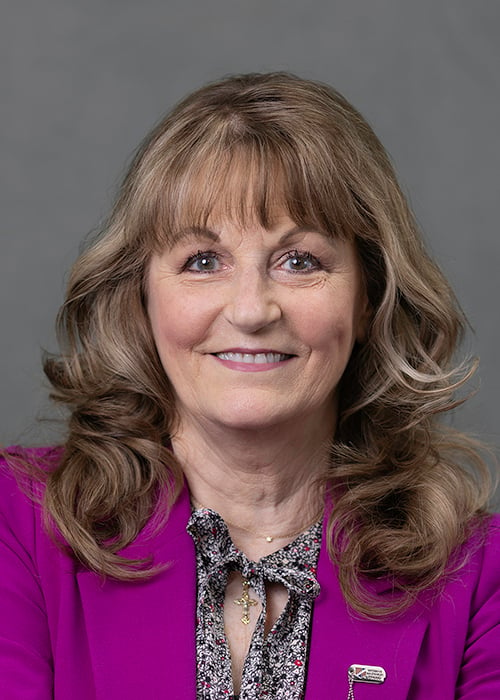In a few short months, Alaskan veterans will see a new network of community care fully implemented throughout their state.
Though it has taken 18 months for VA to evaluate the best way forward for veterans’ care in what VA calls Region 5, even after it rolled out new networks for four other regions around the country during this timeframe, the department announced the contract award Oct. 1 to TriWest Healthcare Alliance (TriWest).
The Community Care Network (CCN) is an element of VA’s Community Care Program (VCCP), which was mandated in the VA MISSION Act and serves as the contract vehicle for delivering the department’s care for veterans in the community. Congress required VA to consolidate all seven of its community care programs, including the Choice Program, into one simple, easy-to-access program at a time the department struggled to deliver timely care to veterans within its own facilities.
[RELATED: When It Comes to Timely Community Care, Does VA Make the Grade?]
VCCP aims to streamline and improve access to health care, expanding VA’s capacity so veterans can get care when and where they need it — within VA or out in the community.
In recent months, TriWest rolled out its CCN contract in Region 4, covering 13 western states. Similarly, OptumServe, the other federal contractor, has been delivering community care in the eastern part of the U.S. for Regions 1, 2, and 3, as well as in Puerto Rico and the U.S. Virgin Islands. TriWest has six months to fully implement the contract in Alaska.
“This contract award reflects the department’s ongoing efforts to increase veteran access to care,” VA secretary Robert Wilkie said. “As part of VA’s modernization, we designed the new network based on feedback from veterans and other stakeholders, along with lessons learned from the Veterans Choice Program. We have already seen improved customer service for veterans and faster payments to community providers with the implementation of CCN in Regions 1 through 4.”
Alaska’s geography provides several challenges for delivering health care and benefits. VA data show Alaska Native Veterans, like American Indian Veterans, have the lowest personal incomes and a higher percentage of veterans with no health insurance — relying on public plans as compared with other veterans or other race/ethnicity groups.
[RELATED: More Health Care News From MOAA]
Infrastructure and transportation logistics pose some of the most significant challenges to achieving health care equity in the region in general, in addition to other barriers like economic structure and cultural traditions, according to a 2020 Healthy Alaskan report, part of a joint effort between the Alaska Department of Health & Social Services and the Alaska Native Tribal Health Consortium.
Alaska by the Numbers
Of the 731,545 individuals living in Alaska, almost 69,000 are veterans. Veterans make up 13% of the state’s adult population, nearly double the national average of 6.6%.
Of the total population of Alaskan veterans:
- Over 9,000 are women veterans.
- Almost 11,000 are military retirees.
- Over 20,000 veterans are age 65 or older.
- Almost 20,000 are receiving disability compensation.
- Over 33,000 are enrolled in VA health care system.
“TriWest’s existing network leverages a long-standing, established network in the state of Alaska that served TRICARE beneficiaries for 10 years beginning in 2004, and veterans under the VA’s Patient-Centered Community Care (PC3) program beginning in 2014,” TriWest president and CEO David J. McIntyre, Jr. said in a release earlier this month. “The next generation of VA community care in Alaska, CCN Region 5, TriWest will continue to build upon its physical presence across the Alaskan region, helping ensure access to care for veterans in the state’s local communities.”
Many of the barriers to health care mentioned here required serious attention and due diligence by VA leadership; much of the 18-month evaluation process was needed to assess, write, and compete the contract for Region 5 to assure the best possible care is delivered to veterans in the state in a timely manner.
A contract for Region 6 – which covers American Samoa, Guam, and the Northern Mariana Islands – has yet to be announced. It’s another region with its own unique demographics and challenges in accessing health care. Until that contract is finalized, VA will continue to contract veterans care in this region using its existing PC3 contract, where a significant amount of care is delivered off the islands through the VA Pacific Islands Health Care System in Honolulu.
MOAA Knows Why You Serve
We understand the needs and concerns of military families – and we’re here to help you meet life’s challenges along the way. Join MOAA now and get the support you need.

